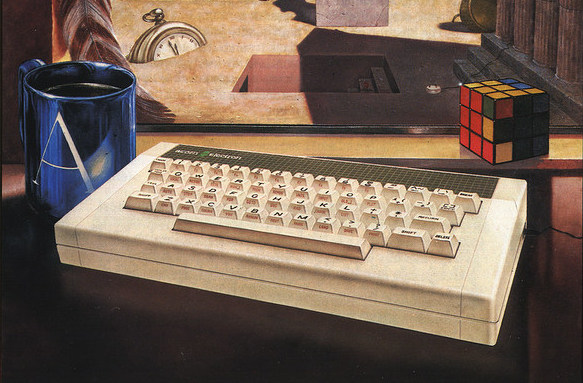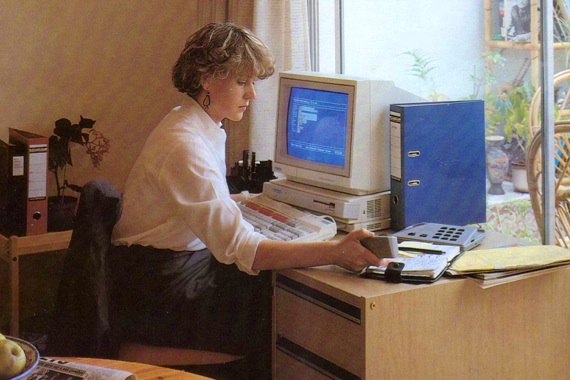If you grew up in America, the early history of home computers in the UK might not be familiar to you. But Great Britain produced innovative personal computers that were as equally successful and influential as their counterparts from Atari, Commodore, and Radio Shack in the United States.
To gain insight into the 1980s British PC landscape, we consulted veteran British game developer Kevin Edwards, who helped us identify the top seven most significant platforms.
Having worked on over 40 games released between 1983 and 2022, Edwards developed titles such as Wolverine for the NES, Ken Griffy Jr. Baseball for the Super Nintendo, and many games in the Lego Star Wars series. In fact, his first game, Atomic Protector, debuted for the BBC Micro 40 years ago.
Sinclair ZX81 (1981)
As a follow-up to the pioneering ZX80, the Sinclair ZX81 continued Sinclair's trend of making computing accessible to the masses with its low price and simple design. Developed by a firm founded by British inventor Sir Clive Sinclair, the ZX81 sold in kit or pre-assembled form. It featured a 3.25 MHz Z80 CPU, 1KB of RAM, and a built-in BASIC programming language.
Despite its black and white graphics and flat membrane keyboard, the ZX81 sold over 1.5 million units. Notable software for the ZX81 includes 3D Monster Maze, a pioneering first-person 3D game, and Flight Simulation, one of the earliest flight simulators. "The ZX81 was one of the first and most popular home computers," Kevin Edwards said. "Very affordable, and they gave many people their first taste of using a real computer."
In 1982, after a brief stint under its original name in the 'States, the ZX81 re-emerged in the US as the Timex-Sinclair 1000, which the company marketed as "the first personal computer under $100."













 Loading comments...
Loading comments...

I was chatting to the interviewer and things seemed to be going well. We got onto the subject of my first programming experiences, which led onto talking about the ZX81. I made a joke about the wobbly RAM-pack on the '81, and how often it reset the machine. The interviewer stood up with a huge grin on his face.
"Hang on," He said and disappeared out of the room. A couple of minutes later he reappears with another guy, who was looking a bit pissed off. He sat down opposite, leaned over towards me and said something along the lines of, "It wasn't my fault."
Turns out he'd designed the RAM-pack and, from what I could see, was fed up with having to justify himself. From what I gathered, it was a running joke amongst his colleagues that, after 15 or so years, he no longer found very funny.
Anyway, he explained the reset problem was known about from the start and could have been easily taken care of, but Clive Sinclair was so focused on costs that he refused to allow a capacitor to be part of the design. A single capacitor, that probably would have cost a couple of pennies at most, would have smoothed over the power supply interruption to the RAM-pack when it wobbled.